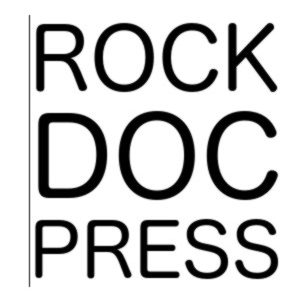Jane Goodall’s early work on chimpanzees was solicited by paleoanthropologist and archaeologist Louis Leakey (pictured with her above), who believed the study of primates to be pivotal to an understanding of the early evolution of humans. While he is somewhat known for facilitating Goodall’s early scientific journey (see Part 1: Jane Goodall), in his own right Louis Leakey is an enduring, iconic figure in paleoanthropology.
Here enters the Leakey family.
Born in 1903, Louis Leakey spent most of his life married to and working in collaboration with his second wife, Mary Leakey (paleontologist). Together, they raised three sons, including the paleoanthropologist-to-be Richard Leakey.
“Louis Leakey led what can only be described as a life fit for fiction. Think Indiana Jones, and you’re on the right track.”
Throughout their long careers, all three paleo-inclined members of the Leakey family uncovered anthropological artefacts that have continued to serve as essential, illustrative pieces in the narrative we now tell about the evolution of our species. These artefacts – stone stools and pre-human and Homo fossil remains – were essential to the scientific epiphany that early humans may have evolved in Africa.
Louis Leakey was the first to argue fiercely for Africa as the ‘cradle of humanity’, an assertion further evidenced by the work of Mary and Richard Leakey, and one that has largely stood the test of time. Louis was also the first in his science to prescribe multiple, concurrent lines of evolution within our ancestral history (rather than a single evolutionary chain of a -> b -> c -type transitions).
Amongst Louis Leakey’s academic achievement – including the publication of some 20 books and over 150 scientific articles in his time – Louis Leakey led what can only be described as a life fit for fiction. Think Indiana Jones, and you’re on the right track.
Enter the ‘adventure highlights reel’ of father and son.
Having grown up speaking Kukuyu (the language and name of the largest ethnic group in Kenya) as fluently as English, Louis Leakey was initiated as a tribe member in his teenage years. As a grown man, dispute over the veracity of some of Louis’s research claims led to his being ousted from Cambridge in 1935, and living in veritable poverty for some 18 months thereafter. This was due to some serious academic misfortunes, including compromised photographic film and the removal of research site markers by local tribesman for use as harpoons. In 1939, he was drafted by the Kenyan government as an intelligence policeman.
Louis also involved himself, carefully, in the politics of the country; namely between the Kukuyu and white colonialists. At one stage between 1949-52, he was placed under 24-hr government guard against the Mau Mau, a guerrilla organisation of Kikuyu, which was striking out against the resident European settlers. But he also apparently wrote extensively in defence of the Kukuyu’s rights. He famously debated the ethics of female genital cutting with Jomo Kenyatta, who later became a president of Kenya, and he conducted the first Pan-African Congress of Prehistory.
Richard Leakey, son to Louis Leakey, lived a similarly adventure-ridden life. Growing up in Nairobi, his major endeavour as a teenager was in trapping and skeleton supply; utilising his skills on horseback and as a Land Rover mechanic. As a young adult in 1967, on an expedition to excavate fossils along the Omo river, his boat was attacked by crocodiles. The contingent of onboard workers barely escaped with their lives.
In 1993, Richard had his legs crushed in a plane crash wherein sabotage was suspected, but never proven. And, as the first chairman of the Kenyan Wildlife Service, he created armed anti-poaching units that were authorised to kill poachers on site.
These guys were 20th century badass.
And their legacy continues today, in a big way. See Part 3: First Humans, and check out the Leakey Foundation’s Origin Stories podcast to find out how.
Sources
The Leakey Foundation website, accessed 13/07/17. https://leakeyfoundation.org/about/the-leakey-family/
https://en.wikipedia.org/wiki/Louis_Leakey
https://en.wikipedia.org/wiki/Mary_Leakey
https://en.wikipedia.org/wiki/Richard_Leakey
Full family tree available at https://en.wikipedia.org/wiki/Leakey_family




